Unbelievably, it’s 20 years to the day since English rally driver Richard Burns won the 2001 World Rally Championship (WRC) at the wheel of his iconic Subaru Impreza. As only the second-ever British WRC champion – after Colin McRae in 1995 – Burns matched devastating speed with sure-footed consistency to amass a total of 10 wins and 34 podiums in the top-tier of rallying, in a period where McRae and Burns battled it out at the front of a field that included rally legends like Tommi Mäkinen, Marcus Grönholm, Carlos Sainz, Petter Solberg and Sébastien Loeb.
Britain had never had such rallying talent on the world stage before – or since in my opinion – so it was a truly exciting time to be a bobble-hatter. With it being the 20th anniversary of his WRC title, we felt it was the perfect moment to reflect on the life and career of Richard Burns.
But as sim racers, it’s not just his exploits on closed-roads that are worth discussing, but also the epic rally sim that bore his name, Richard Burns Rally (RBR).
Richard Burns’s love affair with cars stemmed from driving his father’s Triumph 2000 in a field near his house. But it was after a trip to Jan Churchill’s Welsh Forest Rally School in 1986 that really spiked Burns’ interest in rallying, and from that point on he was determined to reach the very top of the sport.
Early events in an uncompetitive Talbot Sunbeam didn’t deter the young Burns and by 1990, benefactor David Williams had purchased a Peugeot 205 GTi with which he entered the national 205 GTi Championship. After impressing in this and other Group N outings supported by Prodrive, Burns joined the Subaru Rally Team to win the British Rally Championship in 1993 – the series’ youngest-ever winner.
For 1994 he stepped up to World Championship level, and after part seasons in the thundering Group A 555 Subaru Impreza in 1994 and 1995, Burns and long-time co-driver and friend, Robert Reid, switched to Mitsubishi.
They showed steady progress in their three-year tenure, culminating the crew’s first WRC rally victory on the 1998 Safari Rally Kenya – perhaps the toughest rally on the calendar. They followed this up by winning their home event the Network Q Rally of Great Britain later that year.
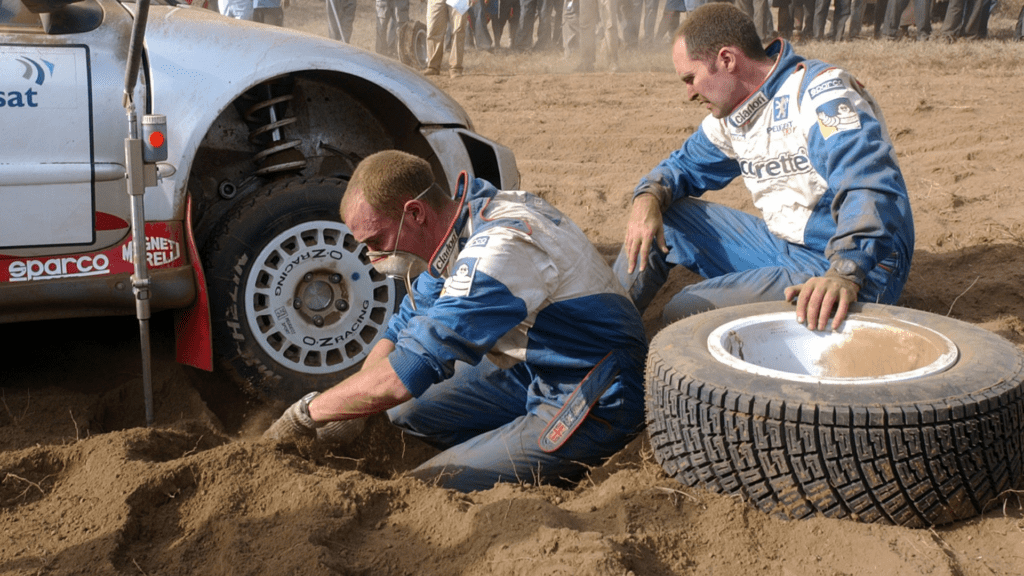
Burns switched back to Subaru for 1999, and the next three seasons would go on to define his career – finishing no lower than second in the championship. He won overall in 2001 after a stirring ‘Battle of Britain’ with Colin McRae through the Welsh forests on their home event. For 2002, despite winning the championship, Burns switched to Peugeot, reportedly having to buy himself out his contract for £1m.
It was a tough first season for the crew, as they struggled to get on terms with teammate Grönholm. His trademark grit and determination shone through however, and nowhere was this more apparent than when they became stuck in a particularly soft patch of sand heading towards service on the Inmarsat Safari Rally.
Faced with the impossible task of extricating their stricken Peugeot, Burns and Reid tried everything to release it from the clutches of the unforgiving Kenyan sandpit, the torturous heat and sheer physical effort taking its toll on a despairing Burns, head in hands, showing how much this meant to him. Although a quiet, unassuming character, he had an inner confidence and fierce will to win at all costs, and it showed on this day.

In 2003, he found his feet with the French manufacturer, and put together a string of podium finishes to give him a shot at the title on the final round, Wales Rally GB. It wasn’t meant to be, as in the build-up to the event Burns suffered a blackout while driving on the M4 motorway towards Cardiff.
He lost consciousness, but miraculously avoided further incident as the car was steered to safety from the passenger seat by fellow WRC driver and friend, Markko Märtin. We now know that Burns was battling the effects of the malignant brain tumour that would eventually claim his life. He sadly passed away on the 25th November 2005, exactly four years to the day from his greatest triumph.
McRae vs Burns, real and virtual rivalry?
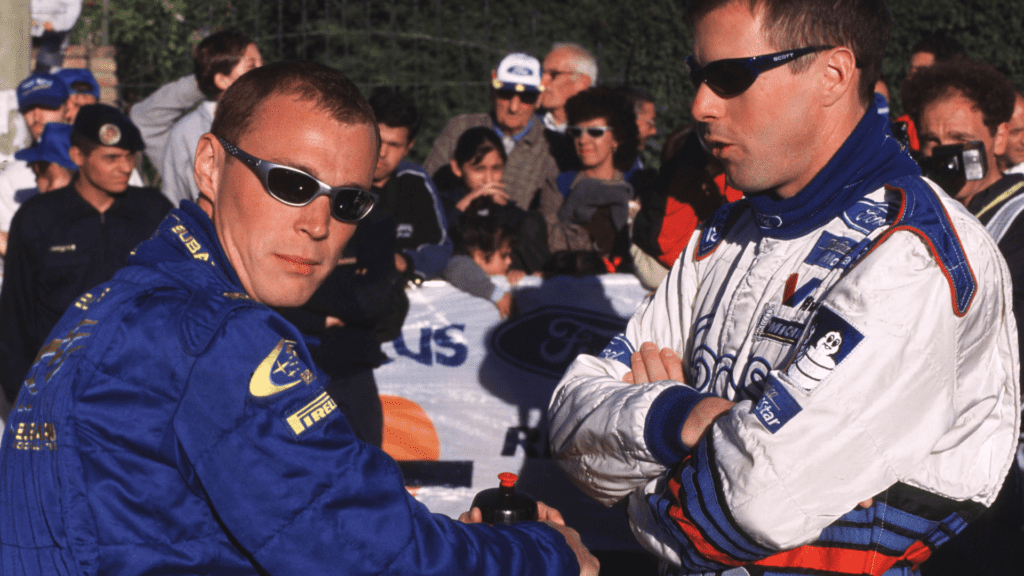
Because of the flamboyance of his driving, and his ‘if in doubt, flat out’ mantra, McRae’s rallying legacy has somewhat overshadowed that of Burns’ in Britain.
This is a little misleading, as Burns has a higher podium finishing rate than McRae, and between 1999-2001 Burns and Reid set more fastest stage times than any other rally crew, which is astonishing given the depth of talent the WRC had at this time.
In some ways the same could be said about the pair’s gaming franchises, in that McRae’s rally games were far more popular and accessible than Burns’ single effort.
Notably, all games bearing McRae’s name up to 2004 were highly-rated by critics and fans alike, so when Richard Burns Rally arrived on the scene the same year it faced stiff opposition to become the number one rally game – especially when you consider WRC 4 and RalliSport Challenge 2 offered similar rally thrills at the time.
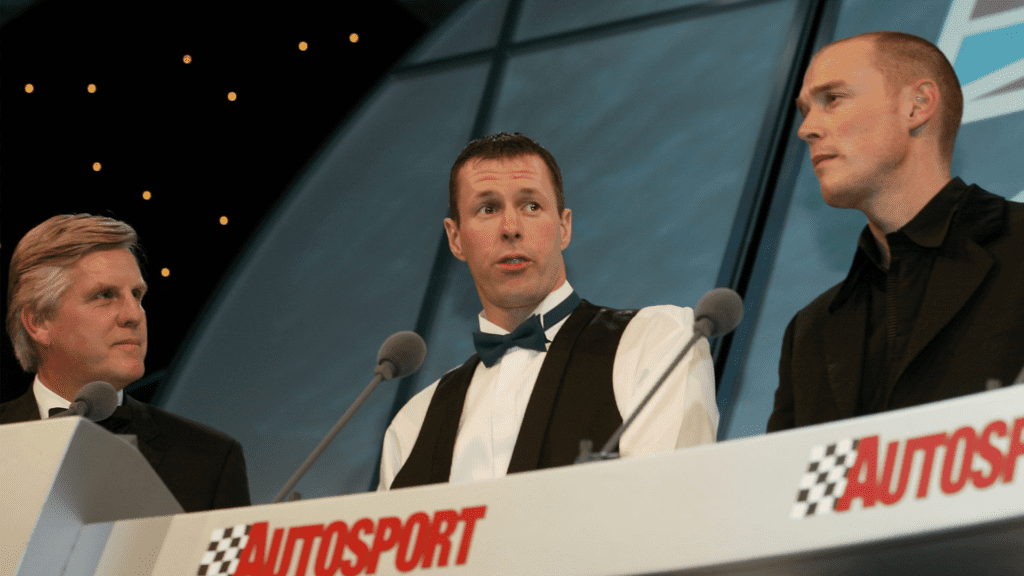
Did RBR emerge as the best? Well, we think so. RBR faced mixed reviews however, with many critics struggling with its brutally-vertical learning curve and rather bland presentation. Most, however, acknowledged it was a true simulation of the sport – you could destroy your oil pump in an off-stage moment and retire for example.
It was unforgiving, just like real rallying, and required a considered, measured driving style to win rallies. This is in stark contrast to Collin McRae Rally 2005 and the Colin McRae: DiRT series that followed, where cars felt like they had way too much grip and reacted instantly to the player’s inputs.
So, simulation vs arcade?
Calculated style vs all-action?
That sums up Burns vs McRae perfectly.
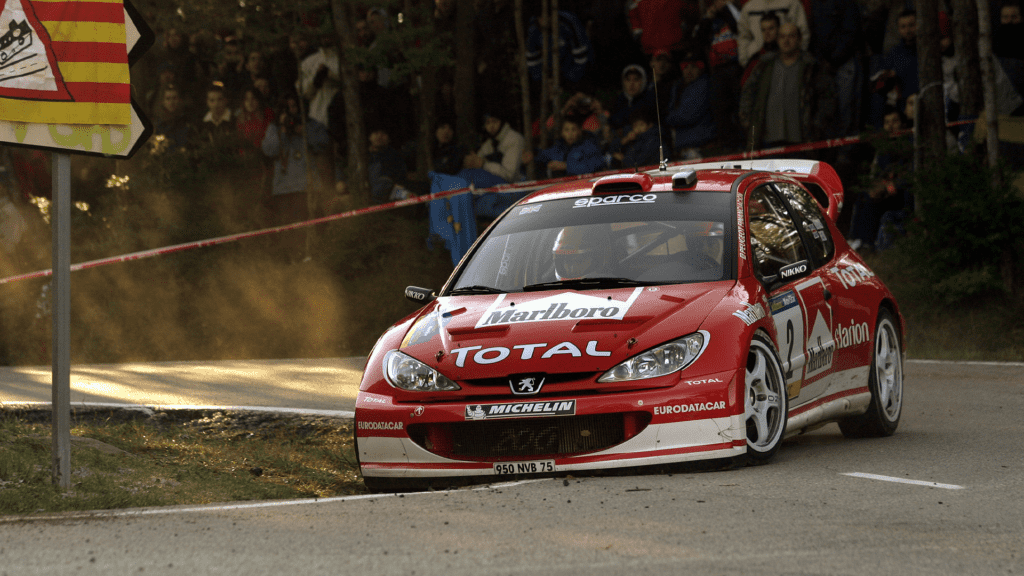
Burns took on an advisory role with the game, and was on hand to offer hints on how a rally car should behave on-stage. The developers, keen to move away from wide open track maps already found in the genre, worked hard to improve and emphasise the road grading on special stages, as after discussions with Burns they were unhappy with how cars reacted to cambers.
So, you have Burns to thank for the sheer euphoria that comes from nailing Chirdonhead’s high-speed compressions and ruts!
The other key thing about RBR was how you had to plan ahead. You couldn’t barrel into a sequence of tight corners and hope to rely on reactions alone to make it through safely; you had to plan ahead, consider how much you needed to slow the car down, determine your turn-in point, check if there were any potholes and adverse cambers to think about, then consider throttle application on corner exit to prevent wheelspin. All while listening to detailed pace notes read by Reid.
These days, RBR has been enhanced through unofficial mods made by a legion of rally fans. The graphics, sounds and physics have all been improved, with numerous extra rally stages added, complete with the implementation of online functionality. For me, this cements the game’s status as the finest rally simulator ever created.
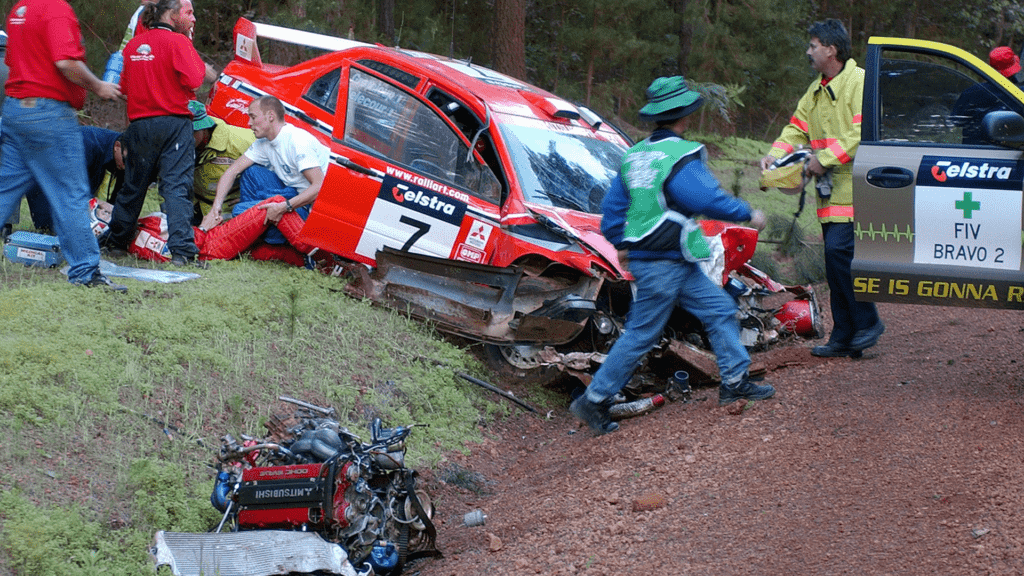
A very interesting feature of the game was the Rally School and Richard Burns Challenge. In these, Burns guides the player through some increasingly-tough challenges to build confidence and skill before heading to the main game.
You can get away with doing the basics, but tackling the advanced challenges requires a lot of patience and they remain a stern test for any serious rally sim racer. There’s a lot of information provided by the 2001 WRC champion, and was the first time I’d seen properly-detailed explanations of rally techniques before. Burns even demonstrates them, his car an uncatchable ghost to compare your rallying skills to (and in my case it wasn’t a favourable comparison).
Colin McRae’s rally games were undoubtedly a bigger commercial success, but for a more immersive and visceral rally experience RBR was the number one choice.
As we’ve already hinted, Burns and McRae were pitched as different personalities with contrasting driving styles. McRae was spectacular, more natural, more reactive; while Burns was more analytical, calculated but ultimately less flamboyant.

Like most black and white statements, there are shades of grey, as both drivers were fast, and were well capable of beating each other on speed alone. Burns was fastidious in his approach to rallying, and co-driver Robert Reid often describes the detailed notes system he and Burns worked on throughout their career. In fact, the preciseness of the notes enabled Burns to take chunks of time out of his opponents in foggy conditions – he couldn’t see the road ahead, but he could definitely hear it!
The rivalry between McRae and Burns was built up by the British press, and this came to a head with their battle for the championship on the Network Q Rally of Great Britain in 2001, infamously known as ‘The Battle of Britain’ – Tommi Mäkinen and Carlos Sainz also had a shot at the championship, but ‘The Battle of Britain and Tommi and Carlos’ isn’t quite snappy enough for headline writers.
Neither driver talked the rivalry down, but in private they got on as well as close rivals possibly could, with Reid even conceding Burns and McRae worked together to engineer a smooth transition for the Englishman’s move to Subaru in 1999, while McRae went in the other direction to Ford.
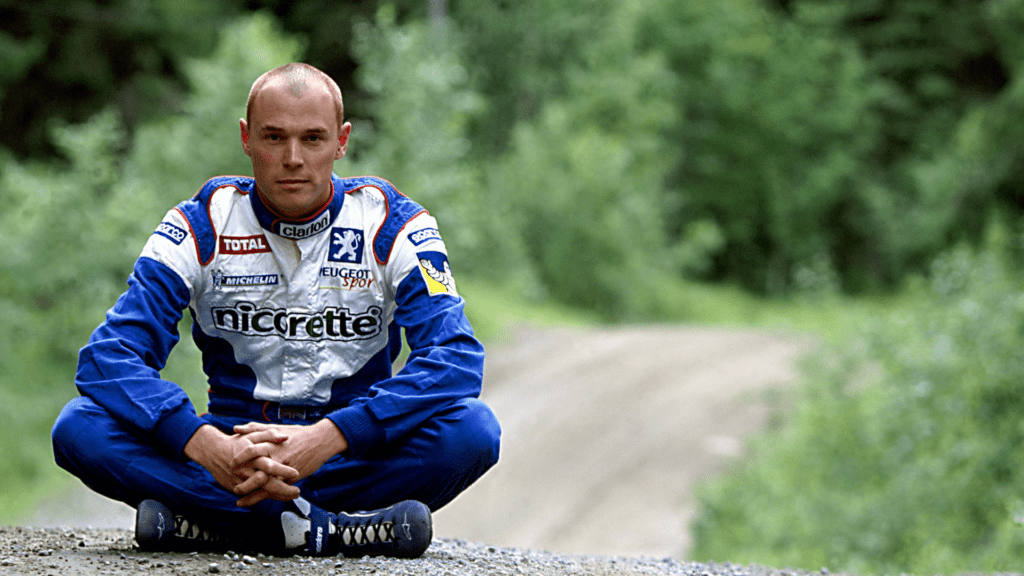
Legacy
In his final months, while battling the effects of cancer and radiotherapy, Burns wanted to set up a charity with the aim to improve the circumstances of others dealing with neurological injury and illness like he was, the culmination of which was the Richard Burns Foundation.
The board of Directors included motorsport photographer and friend Colin McMaster, Reid, Zoe Scott (Burns’ partner) as well as his former boss at Subaru – David Lapworth. With the help of family, friends and ex-colleagues, the Richard Burns Foundation has made a positive impact on the lives of people facing life-changing illness.
Burns’ death wasn’t reported widely by the British Press – coming on the same day as the passing of Northern Irish footballing legend George Best – but the real tragedy of the story was that he was only 34 years old. He was in the prime of his life and career when illness took hold, and without this tragic turn of events would have undoubtedly added to his single championship victory.
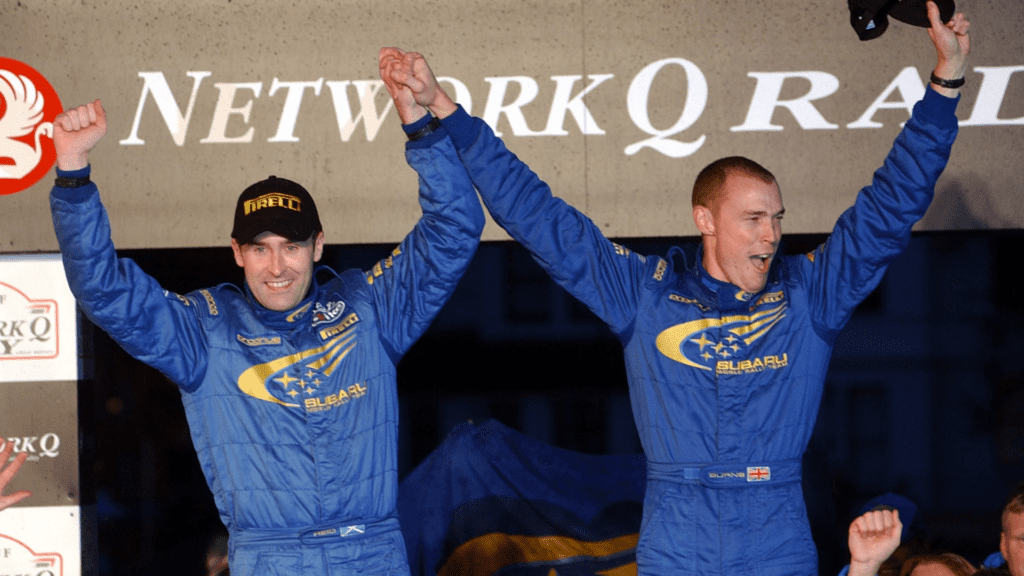
On a personal note, it was a huge shock for me to see him become so ill, so quickly. To me, Burns was an indestructible daredevil rally driver, performing superhuman feats behind the wheel, steering a car through a narrow ribbon of gravel at 100mph with no fear. Yet he determinedly faced his illness with great bravery, even appearing at RallyDay at Castle Combe in 2005, despite being seriously ill by this point.
As sim racing fans, Richard Burns is a name we associate with a tremendously engaging rally game – perhaps the best rally experience we’ve ever seen – but to millions more, he will be remembered as a true British rallying hero.
As a final tribute to Richard Burns, join onboard as he literally flies through a Finnish stage in 2002.
Image source: Motorsport Images
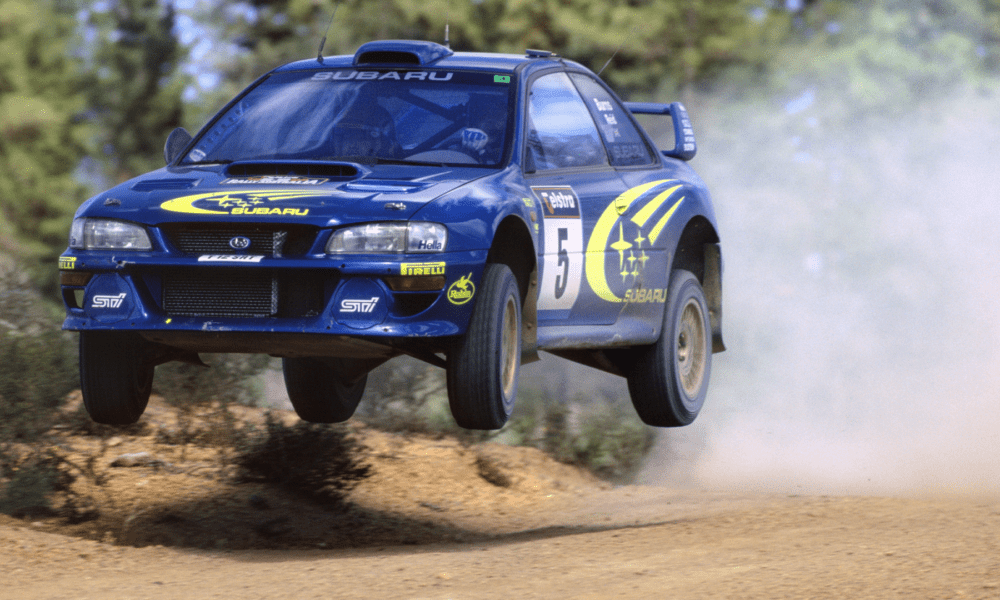
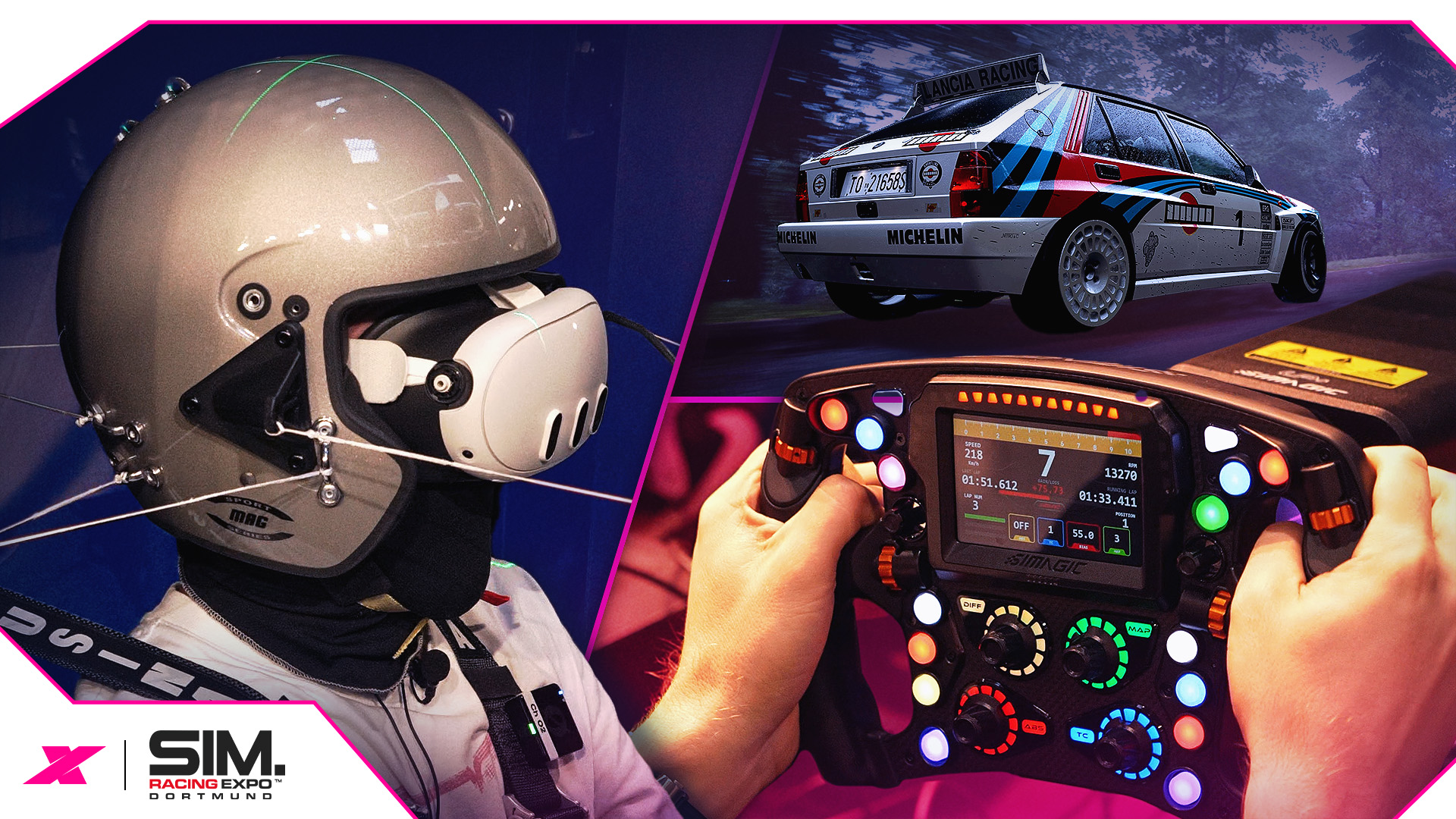

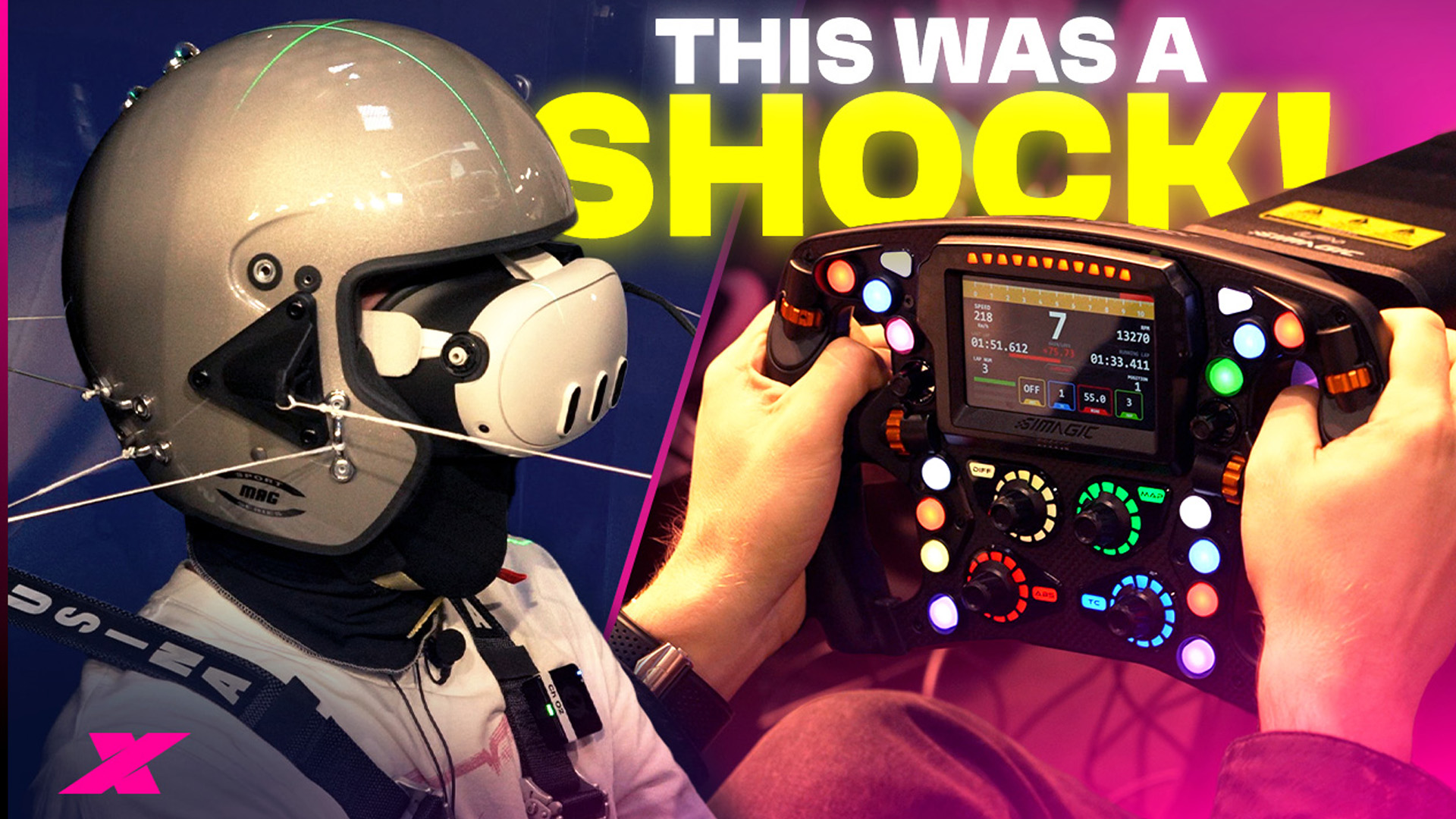
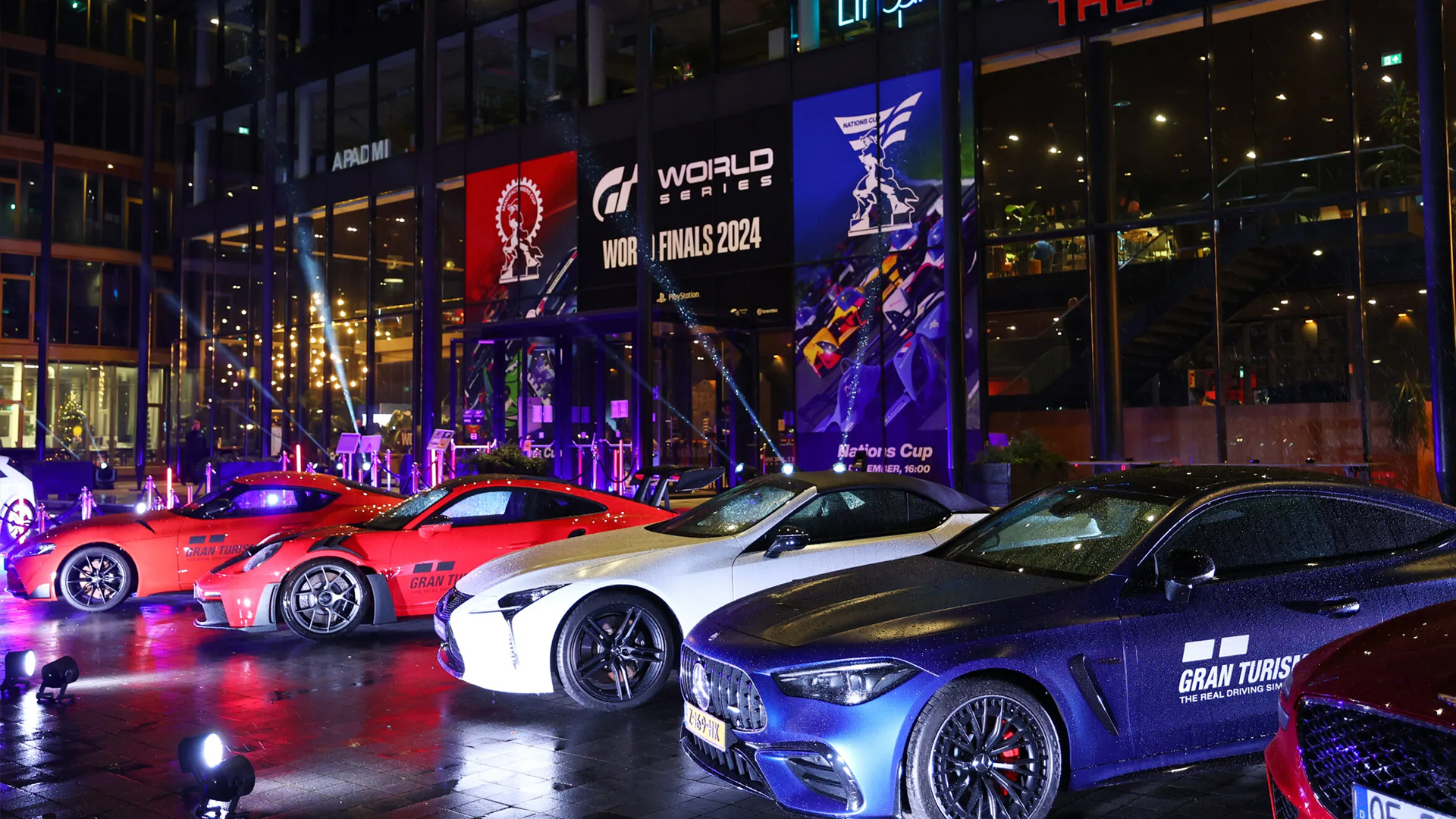
Chat with the Community
Sign Up To CommentIt's completely Free